Why Sometimes the Forest Needs a Little Fire
Unless you're roasting marshmallows, it's hard to think of fire in the woods as a good thing. We all watched wildfire devastation play out earlier this year in Southern California, and many dealt with poor air quality as smoke drifted into the United States from fires burning in Canada. The National Interagency Fire Center reports that since Jan. 1, nearly 40,000 wildfires have burned more than 3 million acres in the US.
But as I stood in a section of a local forest that had burned 18 months ago, I tried to understand how fire is integral to a healthy forest. To be clear, this section of woods was burned on purpose under the supervision of Allen Pursell, who is Sam Shine Foundation's Director of Forest Programs. Allen brought me to the woods to show me why it was important.
When Allen looks at a forest, he tries to envision what the composition and structure should look like in 100 years. From there he works backward. "Long ago I realized that I had to adjust my time-scale to that of trees rather than humans," he said.
Stoler Creek Forest is about 788 acres in Hardinsburg, Indiana. "I'm looking at the biggest trees," Allen said, and "I'm trying to read what's the past of the forest here." He points out the white oak and hickory trees that he would expect to see in this high and dry terrain. But as the older oak trees are dying off, they're not being replaced by young oak trees. What's replacing them are beech and maple trees, and that's a problem.
Looking at what's popping up in the understory, "We'd probably be hard pressed to find an oak that was any bigger than a seedling," Allen said. A generation is missing.
Beech and maple trees are not bad to have, but oaks provide much more to the local ecosystem. According to the National Park Service, oak trees support more life-forms than any other North American tree, and not just because of their acorns. At least 934 caterpillar species are supported by oak trees, and a single large tree can host thousands of individual caterpillars. According to the American Bird Conservancy, caterpillars are a dietary mainstay for most bird species in North America.
This is where fire comes in. When a fire burns through an understory, it clears the forest floor and opens it up. I could see the difference standing there at the fire break. One side was weedy with little tangles of green growth. On the burned side I saw the leaf litter from the previous fall with spots of native grasses and oak seedlings popping up. Oaks evolved to be fire dependent; they keep a set of buds protected just below the soil line and sprout anew after a fire.
Until the Europeans arrived, fire was a consistent part of the picture for American forests. Native Americans used fire to manage the forest understory as well as to aid in hunting. Europeans, on the other hand, wanted to suppress fire to protect property. It is in this suppression that the forest began to lose its beneficial burns. Allen hopes to advance the use of more widespread fire in Indiana, and bring the flame back to the forest.
In the absence of fire, the understory grows dense with competing vegetation, and oaks don't like shade. "Oak is kind of a persnickety thing," Allen said, because it doesn't like full light either. It thrives in more dappled sunlight.
A dark forest understory caters to beech and maple trees. Full light, however, helps tulip poplars thrive. None of these trees are considered invasive species, so I was surprised to understand that beech and maple trees are part of what's getting in the way of next-generation oaks in the forest.
"I want there to be maples and beeches in here," Allen clarified. "I just want to bring it back to what I think is a more appropriate balance in the forest."
The fire helps. After the fire takes out the smaller unwanted saplings, Allen can go through strategically and cut midgrowth beech and maple. "I'm not so much focusing on the fact that I want to kill that tree as I'm thinking of, 'What do I want to benefit?'" he said. And it's the oak and hickory trees he has in mind. "I generally don't ever think about killing a tree unless I have in mind a tree I'm going to benefit," he said. It's about assessing the health of the whole forest.
Though Allen will not see his 100-year plan to completion, the satisfaction of knowing what the woods might become is enough for him. "No one will remember me in a century," he said, "but that's OK. We also don't know the names of all those who believed we should have national parks and national forests, but looking back we are thankful for their foresight."
========
Do you know anyone who's doing cool things to make the world a better place? I want to know. Send me an email at Bonnie@WriterBonnie.com. Also, stay in the loop by signing up for her weekly newsletter at WriterBonnie.com. To find out more about Bonnie Jean Feldkamp and read features by other Creators Syndicate writers and cartoonists, visit the Creators Syndicate website at www.creators.com.
Copyright 2025 Creators Syndicate, Inc.
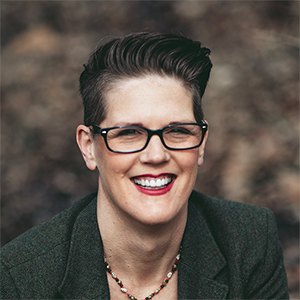




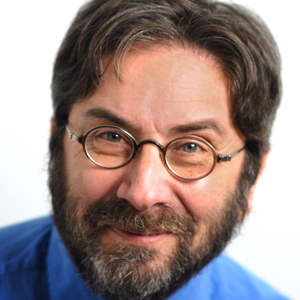






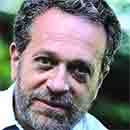


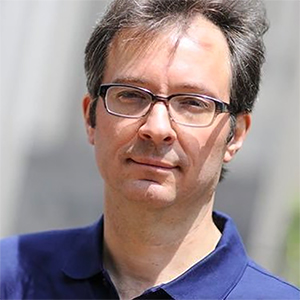




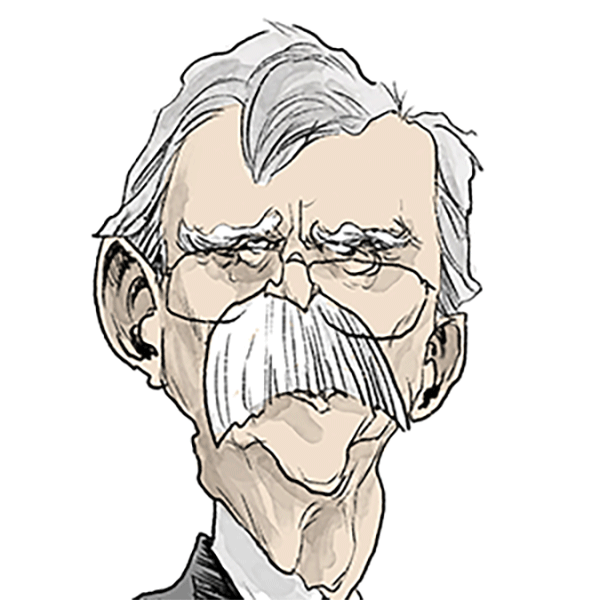

Comments